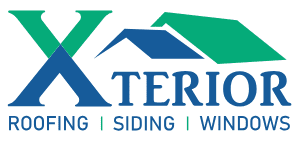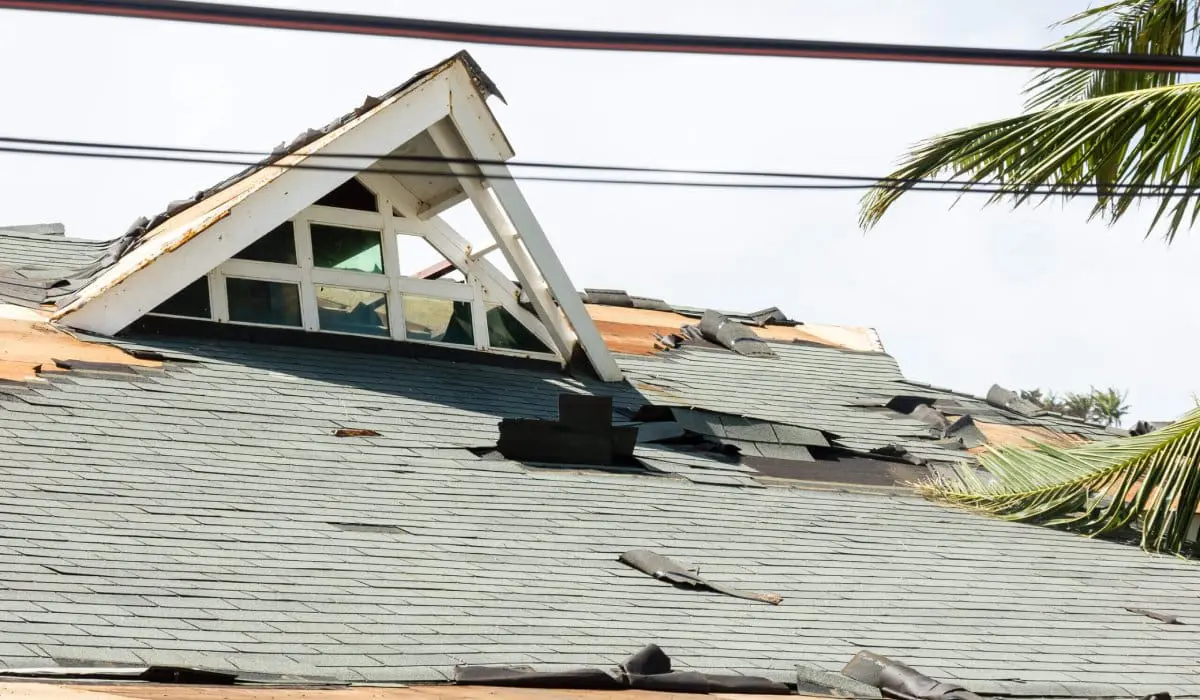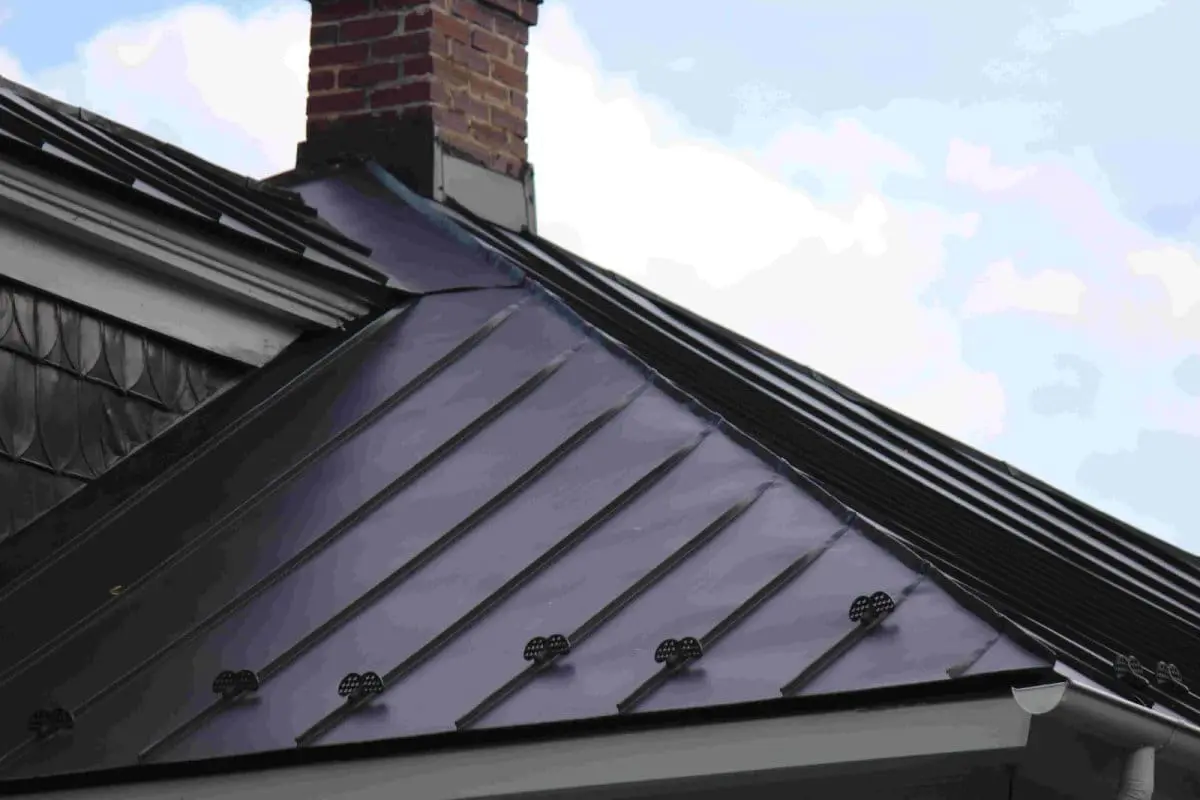Introduction: The Importance of Post-Hurricane Roof Inspections
Hurricanes can wreak havoc on homes, especially on roofs. High winds, torrential rains, and flying debris can cause significant damage, leaving your roof vulnerable. After a hurricane, it’s crucial to assess any roof damage and take immediate action to protect your home.
Why Hurricanes Are a Major Threat to Your Roof
Hurricanes bring intense wind and rain, which can easily damage or weaken your roof. Shingles can be torn off, and water can seep into cracks or weak spots, leading to leaks and other costly issues. The combination of flying debris and water can cause serious structural damage if not addressed quickly.
How High Point NC Homeowners Can Safeguard Their Roofs After a Storm
After a hurricane, your first step is to assess the condition of your roof. Being proactive can help you catch small issues before they become big problems. This checklist will guide you through inspecting and addressing roof damage to keep your home safe and dry.
Assessing Roof Damage After a Hurricane
Visible Signs of Roof Damage
- Missing or Broken Shingles: Look for shingles that have been torn off or cracked, as these are common signs of wind damage.
- Cracked or Curled Shingles: Check if shingles have become warped, cracked, or curled due to extreme weather, making them less effective at protecting your roof.
- Dents from Hail: If the storm included hail, inspect your roof for dents or pockmarks, especially on metal or asphalt shingle roofs.
- Exposed Roofing Material: Look for areas where the underlying layers of the roof, such as the felt or decking, are exposed, as this can lead to leaks and further damage.
- Dislodged Flashing or Gutters: Flashing around chimneys and vents may be loosened, and gutters may be detached or bent, compromising your roof’s drainage system.
Hidden Roof Damage
- Water Infiltration: Even if there are no visible leaks inside your home, water can seep into small cracks or gaps, leading to mold growth and structural damage over time.
- Damaged Underlayment: The layer beneath your shingles may be torn or damaged by the storm, compromising your roof’s ability to protect against moisture.
- Loose or Cracked Flashing: Flashing around chimneys, skylights, and vents can become loose or develop small cracks, allowing water to enter unnoticed.
- Weakened Roof Structure: Wind and water can cause subtle warping or weakening of roof supports that aren’t visible without a professional inspection.
- Insulation Damage: Water can penetrate the attic and damage insulation, reducing energy efficiency and leading to potential moisture-related issues.
- Hidden Shingle Tears: Some shingles may appear intact but could have small tears or breaks that allow water to get through, worsening over time.
Start with a Visual Roof Inspection from the Ground
Checking for Missing or Damaged Shingles
Take a walk around your home and carefully observe the roof from different angles. Look for missing or damaged shingles, especially near the edges of the roof where wind damage is more likely. Also, check for any pieces of shingles on the ground around your home.
Look for Sagging Areas or Roof Leaks
Sagging areas on the roof may indicate structural damage, which can lead to leaks if left untreated. Look inside your home for water stains or leaks on the ceiling or walls, as this may be a sign of roof damage.
Check for Debris on the Roof and Around Your Property
Removing Fallen Tree Branches and Debris Safely
If you notice any branches or debris on your roof, be cautious. Large branches can cause significant roof damage, and stepping on debris can be dangerous. If the debris is large or difficult to remove, contact a professional roofing contractor for help.
Why Debris Can Lead to Long-Term Roof Issues
Even if the debris doesn’t cause immediate damage, leaving it on your roof can lead to long-term problems. Pooled water around debris can cause leaks, mold, and rot. It’s important to clear your roof of any debris after a storm to prevent these issues.
Inspect Gutters and Downspouts for Blockages or Damage
Why Gutters Are Critical to Roof Health After a Storm
Gutters play a vital role in directing water away from your roof and foundation. After a hurricane, gutters can become clogged with leaves, dirt, and debris, which prevents proper water drainage. Check your gutters and downspouts to ensure they’re clear and functioning.
Signs of Gutter Damage to Look Out For
- Bent or Sagging Sections: If sections of your gutters are bent or sagging, they may not be able to channel water properly, leading to overflow and potential roof damage.
- Cracks or Holes: Small cracks or holes can allow water to escape, causing leaks that may damage your roof, siding, or foundation.
- Broken or Loose Brackets: Brackets that hold the gutters in place can become loose or broken, leading to misalignment or detachment of the gutters from the roofline.
- Pooling Water or Overflow: Gutters that don’t drain properly may cause water to pool around your home’s foundation or spill over, leading to long-term roof and foundation problems.
- Rust or Corrosion: Rusting gutters indicate they are deteriorating and could break or leak, requiring replacement to prevent water damage.
- Detached Downspouts: Ensure downspouts are securely attached, as loose or disconnected downspouts can lead to poor drainage and damage to your home’s foundation.
Look for Signs of Water Damage Inside Your Home
Checking Ceilings and Attics for Leaks
Inspect your ceilings and attic for any signs of water infiltration. Look for dark spots, wet patches, or peeling paint, as these could indicate that water is entering your home through the roof.
Spotting Mold and Mildew That Could Indicate Roof Damage
Mold and mildew are common after water damage. If you notice musty odors or see visible mold growth in your attic or on your walls, this could be a sign of a roof leak. Mold can spread quickly, so it’s important to address it right away.
Professional Roof Inspection: Why It’s Crucial After a Hurricane
While a DIY inspection is helpful, a professional roof inspection is essential after a hurricane. Roofing contractors can spot hidden damage that you may not be able to see from the ground. A professional inspection will ensure that your roof is safe and identify any repairs that need to be made.
- Uncover Hidden Damage: Professional roofing contractors are trained to spot subtle signs of damage, such as small cracks, water infiltration, or weakened structures that are easy to miss during a DIY inspection.
- Thorough Assessment: A professional inspection includes a detailed check of every part of the roof, including areas that are difficult to reach, like valleys, flashing, and chimneys.
- Early Detection of Potential Issues: Professionals can detect minor issues before they become major problems, saving you from costly repairs down the road.
- Ensure Safety: Climbing on a roof after a hurricane can be dangerous. Roofing contractors have the proper safety equipment and experience to perform inspections safely.
- Insurance Documentation: A professional inspection provides detailed reports and photographs that can be used when filing an insurance claim for storm damage.
- Prevent Future Leaks: By identifying and repairing small issues early, a professional inspection helps prevent future leaks and protects your home from further water damage.
Temporary Fixes vs. Permanent Roof Repairs
When to Use a Tarp as a Temporary Solution
If your roof has sustained significant damage and you can’t get a professional repair right away, you can use a tarp as a temporary fix. This will help prevent further water damage until a permanent repair can be made.
However, remember that a tarp is only a short-term solution. It’s important to contact a roofing contractor as soon as possible to schedule a full repair.
Choosing a Roofing Company in High Point, NC
When looking for a roofing contractor in High Point, NC, make sure to choose a reputable company with experience in storm damage repairs. Xterior LLC is a trusted roofing company that specializes in storm-related roof repairs. Our team has the knowledge and experience to get your roof back in shape after a hurricane.
What to Look for in a Roofing Contractor
- Licensed and insured professionals
- Experience with storm damage repairs
- Positive reviews and references from satisfied customers
- Clear and transparent pricing
Insurance Claims for Hurricane Roof Damage
Dealing with roof damage after a hurricane can be overwhelming, especially when it comes to filing an insurance claim. Here are a few tips to make the process easier:
- Document the damage: Take pictures and make notes of any visible damage.
- Contact your insurance provider: Inform them of the damage as soon as possible.
- Work with your roofing contractor: Xterior LLC can help you navigate the claims process and provide the necessary documentation.
Stay Safe and Protect Your Roof After a Hurricane
After a hurricane, it’s critical to inspect your roof for damage and address any issues quickly. By following this roofing checklist, you can ensure your roof remains in good condition and protect your home from further damage.
Recap of the Roofing Checklist to Follow After a Hurricane
- Perform a visual roof inspection from the ground.
- Check for debris and remove it safely.
- Inspect your gutters and downspouts.
- Look for signs of water damage inside your home.
- Schedule a professional roof inspection.
- Consider temporary fixes while waiting for permanent repairs.
- Choose a reputable roofing company in High Point, NC.
The Importance of Acting Quickly to Address Roof Damage
If your roof has been affected by a hurricane, don’t wait to get the necessary repairs. Contact Xterior LLC for a professional roof inspection and storm damage roof repair in High Point, NC. Our team is ready to help protect your home and get your roof back in top shape. Reach out today for a free, no-obligation estimate.
Frequently Asked Questions
What are the first steps to take for roof damage after a hurricane?
Start by performing a visual inspection from the ground, checking for missing or damaged shingles, sagging areas, and debris on the roof. It’s important to contact a roofing contractor like Xterior LLC for a professional inspection.
Why is a professional roof inspection important after a hurricane?
A professional roof inspection can identify hidden damage that may not be visible to the untrained eye. This ensures all damage is found and addressed, preventing future issues.
Can I use a tarp as a temporary solution for roof damage?
Yes, tarps can be used to cover damaged areas temporarily to prevent further water damage. However, this is a short-term fix, and you should schedule a full repair with a roofing contractor as soon as possible.
How can roof damage affect my home if not addressed?
Unrepaired roof damage can lead to leaks, water damage, mold growth, and structural issues. Addressing roof damage quickly will help protect your home and save you from costly repairs.
What should I look for in a roofing contractor after a hurricane?
Look for a licensed, insured, and experienced roofing company with positive customer reviews. Xterior LLC in High Point, NC specializes in storm damage repairs and offers professional, reliable services.
Does homeowners insurance cover hurricane roof damage?
In most cases, homeowners insurance covers hurricane-related roof damage. Document the damage, contact your insurance company, and work with your roofing contractor to handle the claim process effectively.
Disclaimer:
The content in this blog is for informational purposes only and is intended to assist homeowners in understanding roofing, siding, windows, gutters, shutters, and general home improvements. Xterior LLC advises against attempting any of the tasks described here, as they require professional expertise. We do not assume liability for any injuries, damages, or losses resulting from DIY attempts. Always refer to the manufacturer of products for specific maintenance instructions.
By viewing this blog, you acknowledge and release Xterior LLC from any and all liability related to the use or misuse of the information provided.
Please note that Xterior LLC may not offer all the services discussed. Repairs, estimates, and inspections are priced based on availability, location, and time. All services, offerings, and prices are subject to change without notice.
For more information or to request services, please contact Xterior LLC directly.



